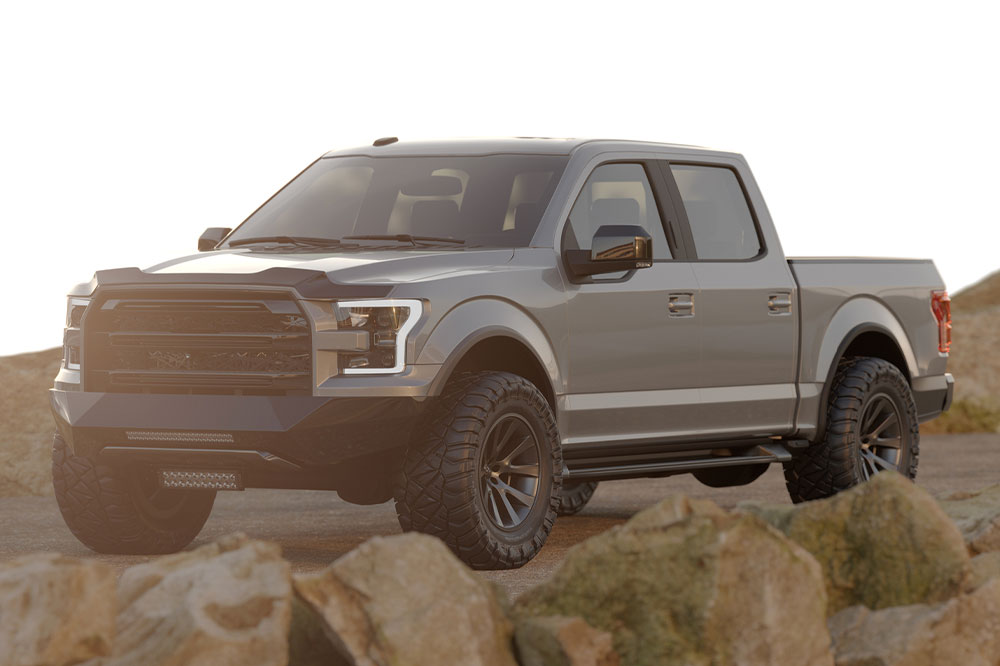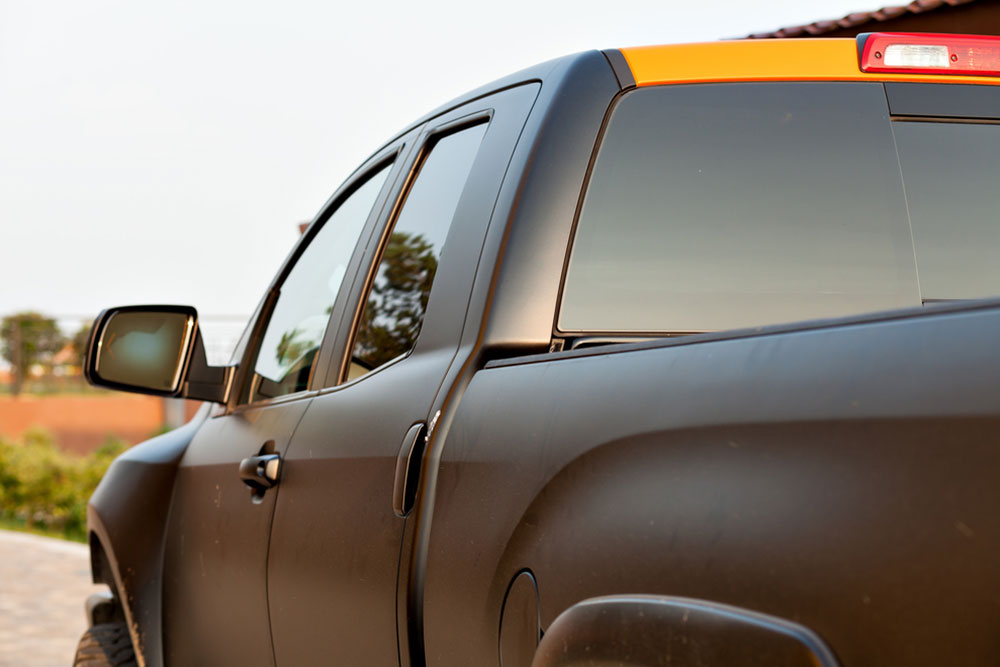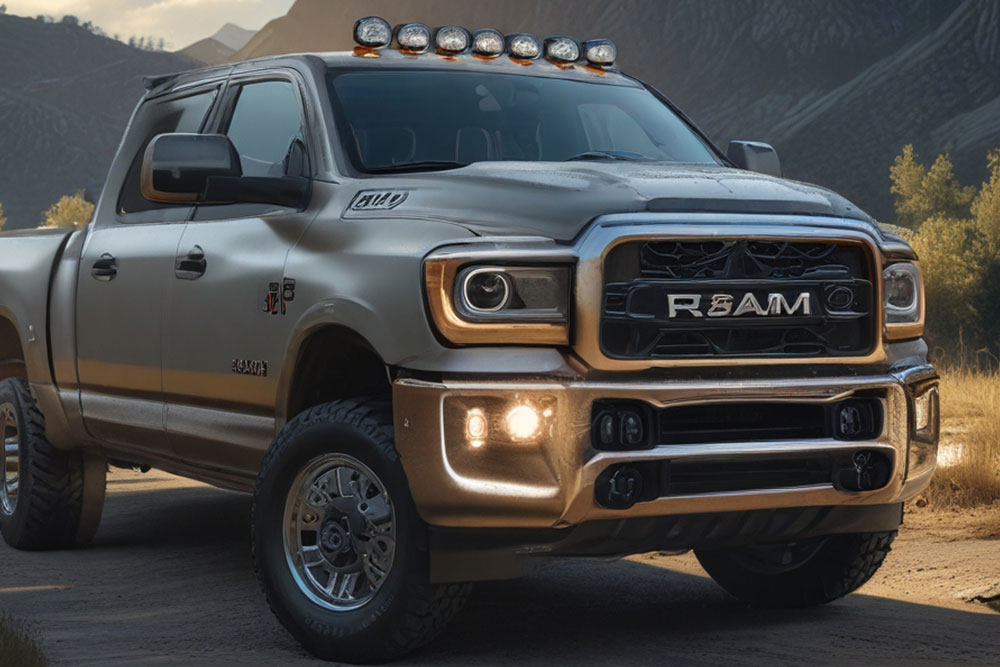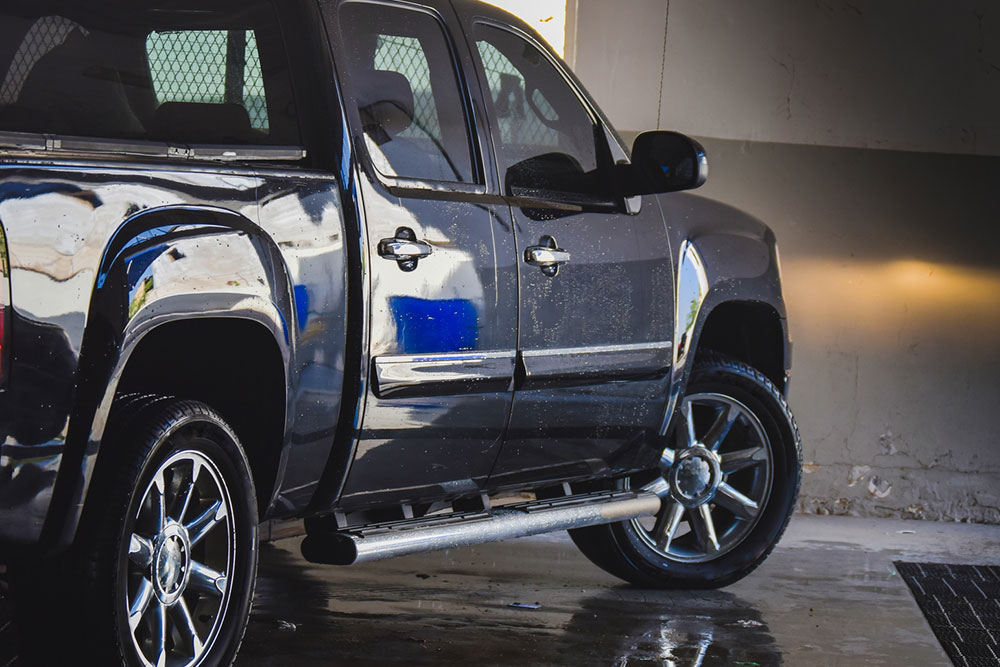Comprehensive Guide to the Chevrolet S-10 Pickup Truck
Explore the history and features of the Chevrolet S-10 pickup truck, a reliable and versatile vehicle popular for its affordability, customization options, and evolving design over its 23-year production span. Discover its various models, specs, and updates from 1994 to 2004, highlighting its off-road and street-oriented trims. A solid choice for everyday tasks, the S-10's blend of performance and practicality made it a standout in the compact pickup segment before being succeeded by the Chevrolet Colorado.
Sponsored
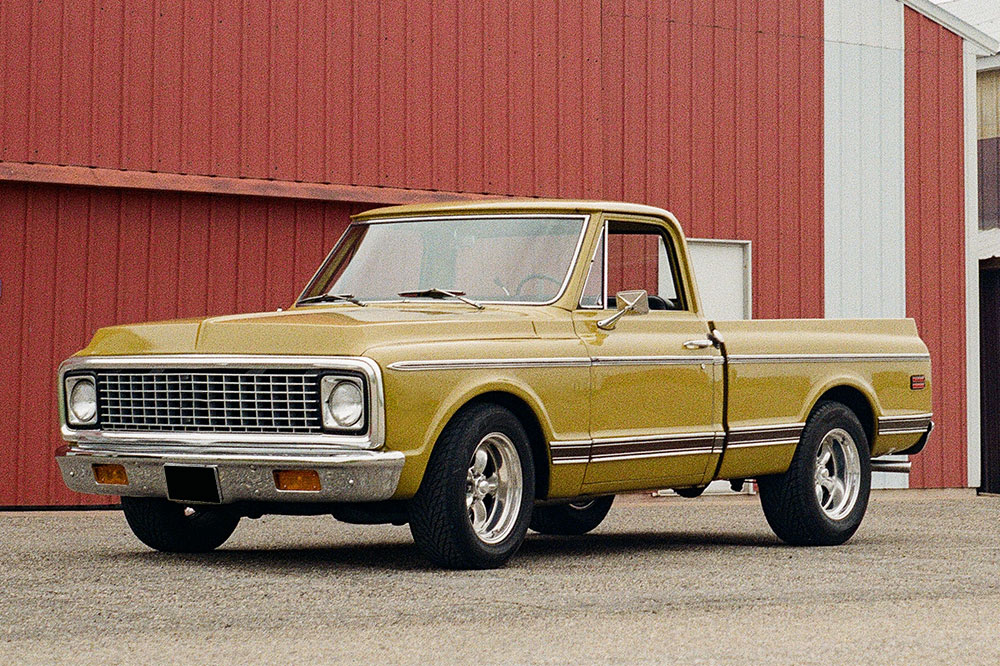
A Comprehensive Guide to the Chevrolet S-10 Pickup Truck
Introduced during the early 1980s amidst the rise of successful Japanese mini trucks, the Chevrolet S-10 quickly gained recognition as a leading contender in the compact pickup segment. Known for its affordability and high customizability, it appealed to a broad range of drivers seeking a reliable and versatile truck. Ideal for those who didn’t require the heavy-duty capacity of larger trucks, the S-10 became a popular choice for everyday use and light hauling.
Model Evolution
Across its 23-year production span, two distinct generations were introduced. The second-generation models, produced from 1994 to 2004, are favored for their modern features and dependability.
Throughout its second generation, the S-10 was available in various configurations, including regular, extended, and crew cab bodies with both short and long beds. The Sportside bed debuted in 1996 alongside three-door access cabs. The ZR2 off-road package was introduced in 1996 for regular-cab short-bed models, adding enhanced suspension, bigger tires, and four-wheel drive. The extended cab models added a third-door for easier access, featuring a fold-down jump seat for additional utility.
1994-1997 Models
From 1994 to 1997, the S-10 was powered by a standard 2.2-liter four-cylinder engine delivering 118 horsepower, with an optional 4.3-liter V6 producing 165 hp—standard in 4WD variants. The V6 was later upgraded in 1996 to boost performance. Transmission options included four-speed automatic and five-speed manual. Safety features in early models were basic, with rear ABS standard and four-wheel ABS as an option or standard from 1996 onward. In 1995, driver airbags were introduced, and passenger airbags became available after 1998, marking improvements in safety over the early years.
1998-2004 Models
The 1998 refresh brought modern styling, improved interiors, and dual airbags. The S-10 Xtreme introduced in 1999 targeted street enthusiasts, featuring a sportier look, lowered ride height, full-ground effects, and 16-inch wheels, but retained rear-wheel drive. In 2001, Chevrolet launched a five-passenger four-door crew cab, expanding the lineup's versatility. The S-10 remained in production until 2004 when it was succeeded by the Chevrolet Colorado.
Overall, the Chevrolet S-10 stands out as an affordable, adaptable compact pickup. With regular updates boosting comfort and usability, it remains a popular choice for drivers seeking reliable transportation with moderate cargo needs, before being replaced by newer models.


